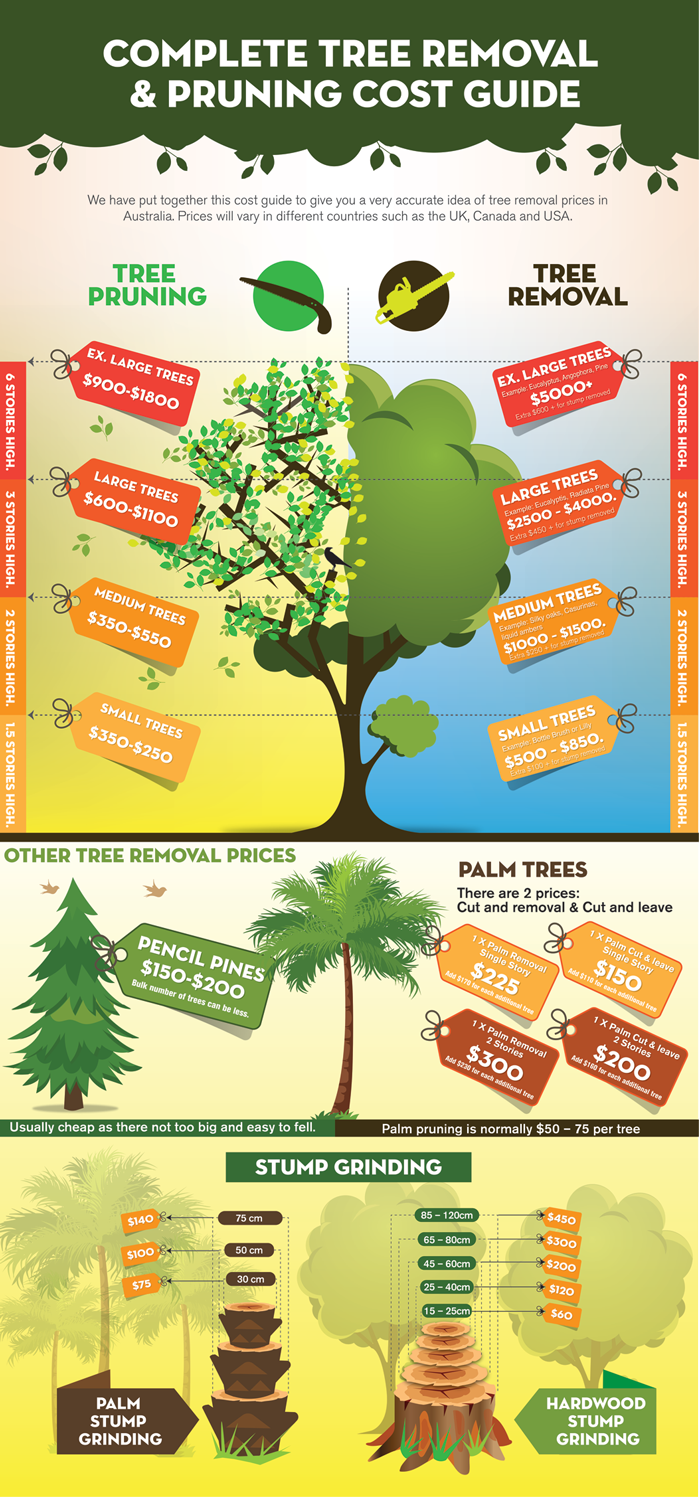Taking Care Of Your Landscape After Tree Removal Is Vital For Its Reconstruction; Discover Crucial Measures To Revitalize Your Environment And Avert Future Complications
Taking Care Of Your Landscape After Tree Removal Is Vital For Its Reconstruction; Discover Crucial Measures To Revitalize Your Environment And Avert Future Complications
Blog Article
Produced By-Franks Als
After a tree's removal, your landscape may look fairly various, and it's vital to examine the aftermath thoroughly. You'll wish to assess the dirt disruption and check surrounding plants for any kind of signs of tension. Overlooking these aspects can cause bigger issues down the line. So, what should you finish with those stumps and origins? And how do you choose the very best plants for your revitalized area? Let's check out these important actions.
Evaluating the Consequences: Reviewing Your Landscape
After a tree removal, it's critical to evaluate your landscape to understand the impact it has on your yard.
Beginning by examining the location where the tree stood. Try to find https://whattousetokillatreestump95172.blogsidea.com/41735977/the-major-overview-to-stump-grinding-approaches-advantages-and-costs of soil disturbance, and inspect the surrounding plants for any type of stress or damage.
You ought to also remember of just how the elimination has altered sunlight direct exposure and air movement in your yard. This change can affect the growth of nearby plants, so it's important to assess their health.
Think about the visual facets also; the elimination could develop an open space that you can upgrade.
Finally, think about any kind of possible disintegration concerns that may occur from the tree's lack. Resolving these variables early will assist recover balance to your landscape.
Taking care of Stumps and Origins: Options for Removal
As soon as you have actually assessed the results of the tree elimination, you'll likely need to take on the stump and roots left behind.
You have a few alternatives for elimination. One efficient approach is stump grinding, where a professional utilizes a device to grind the stump down to underground degree. This method leaves very little disturbance to your landscape.
If you prefer a DIY technique, you can use a combination of digging and chemical stump cleaners. Just keep in https://www.consumerreports.org/homeowners-insurance/when-a-tree-falls-who-pays-for-the-damage/ , this procedure can take time and initiative.
Alternatively, consider leaving the stump as a natural attribute, which can act as a distinct garden component or habitat for wildlife.
Whatever you pick, addressing the stump and origins is crucial for recovering your landscape.
Selecting the Right Plant Kingdoms for Your New Area
As you assess your freshly gotten rid of area, selecting the right plants can dramatically improve your landscape's appeal and functionality.
Beginning by considering the sunlight and dirt problems. For sunny locations, go with drought-resistant plants like lavender or succulents. In shaded areas, brushes and hostas grow well.
Consider the size and development behaviors of your plants; mix perennials and annuals for seasonal range. Do not fail to remember to include indigenous species; they need much less upkeep and assistance local wild animals.
Group plants in odd numbers for a much more natural look and produce layers for aesthetic deepness.
Finally, ensure you have a mix of colors and textures to keep your landscape vibrant throughout the seasons.
Happy planting!
Final thought
In conclusion, restoring your landscape after tree elimination is a gratifying procedure. By evaluating the aftermath, attending to stumps and roots, and choosing the right plants, you'll produce a growing environment. Do not forget to integrate erosion control measures to secure your soil. With a little initiative and care, you can change your space into a vibrant garden that improves your building. Welcome the chance to revitalize your landscape and delight in the appeal of nature right in your backyard!
